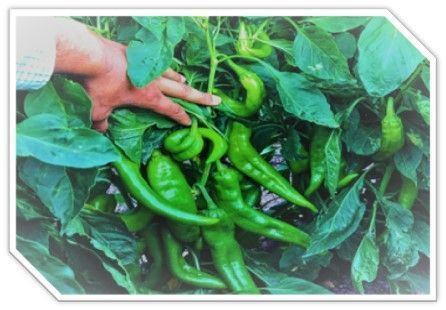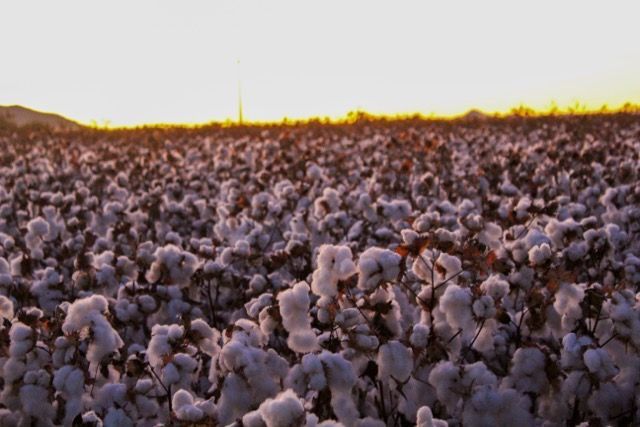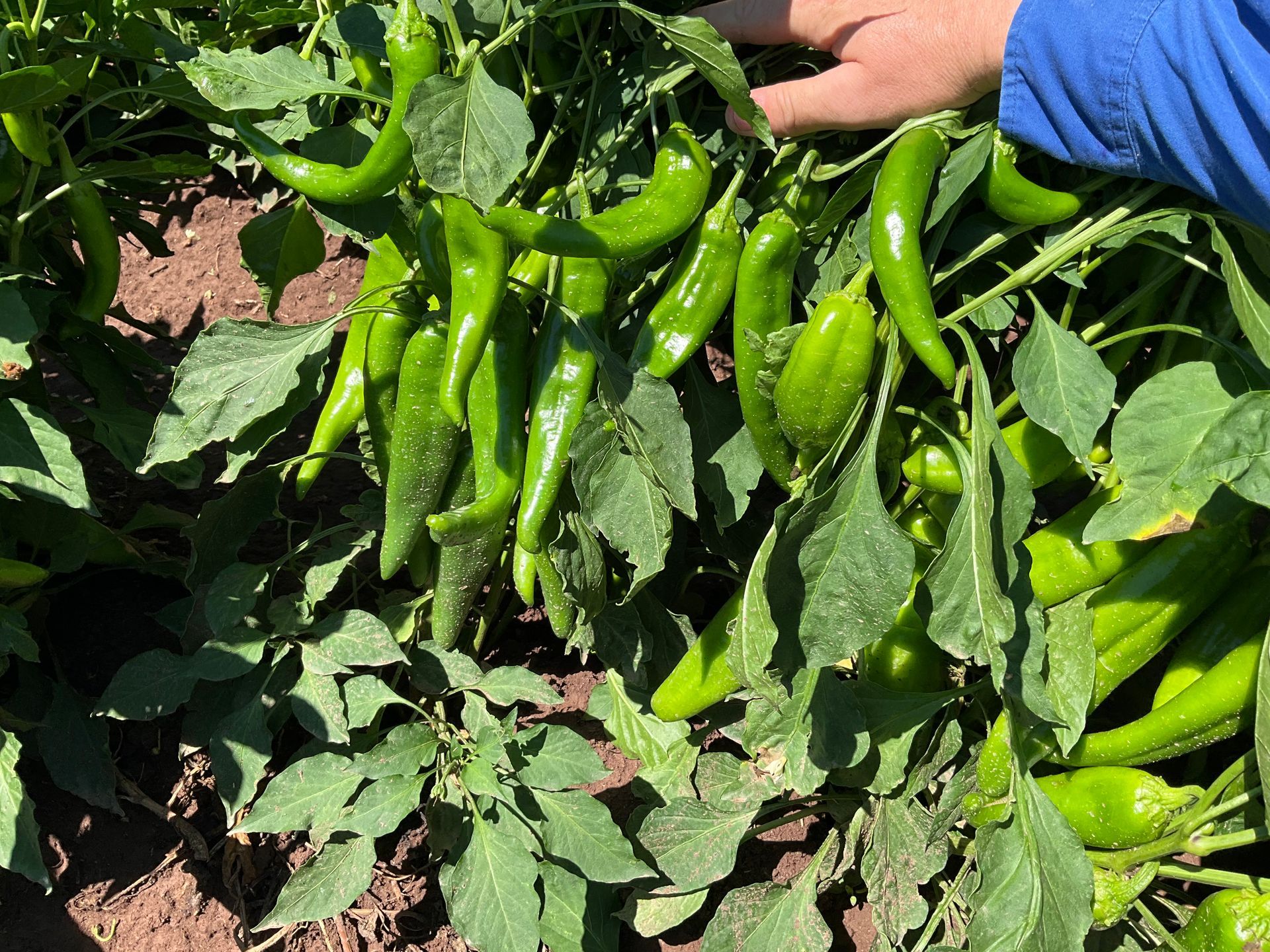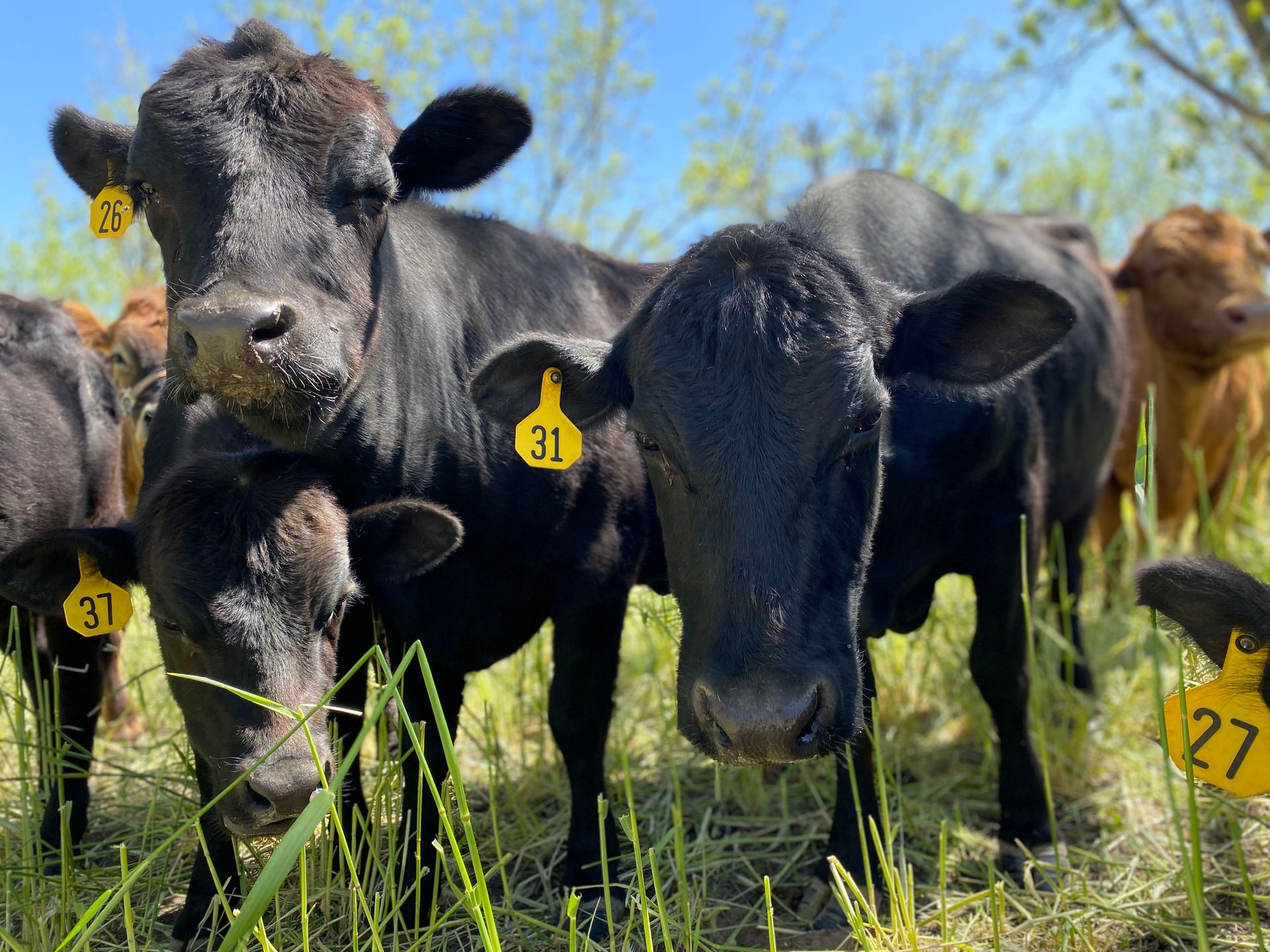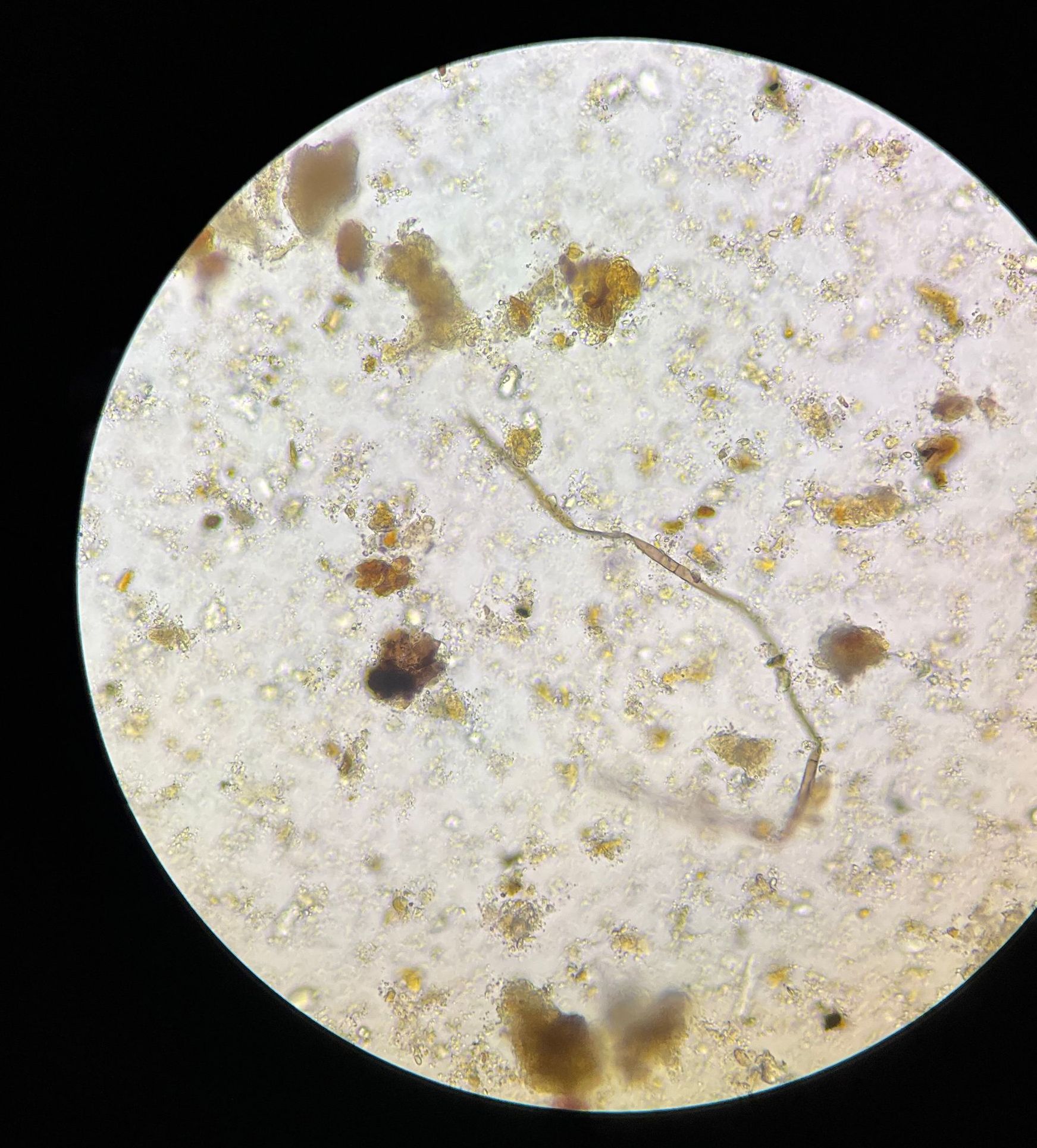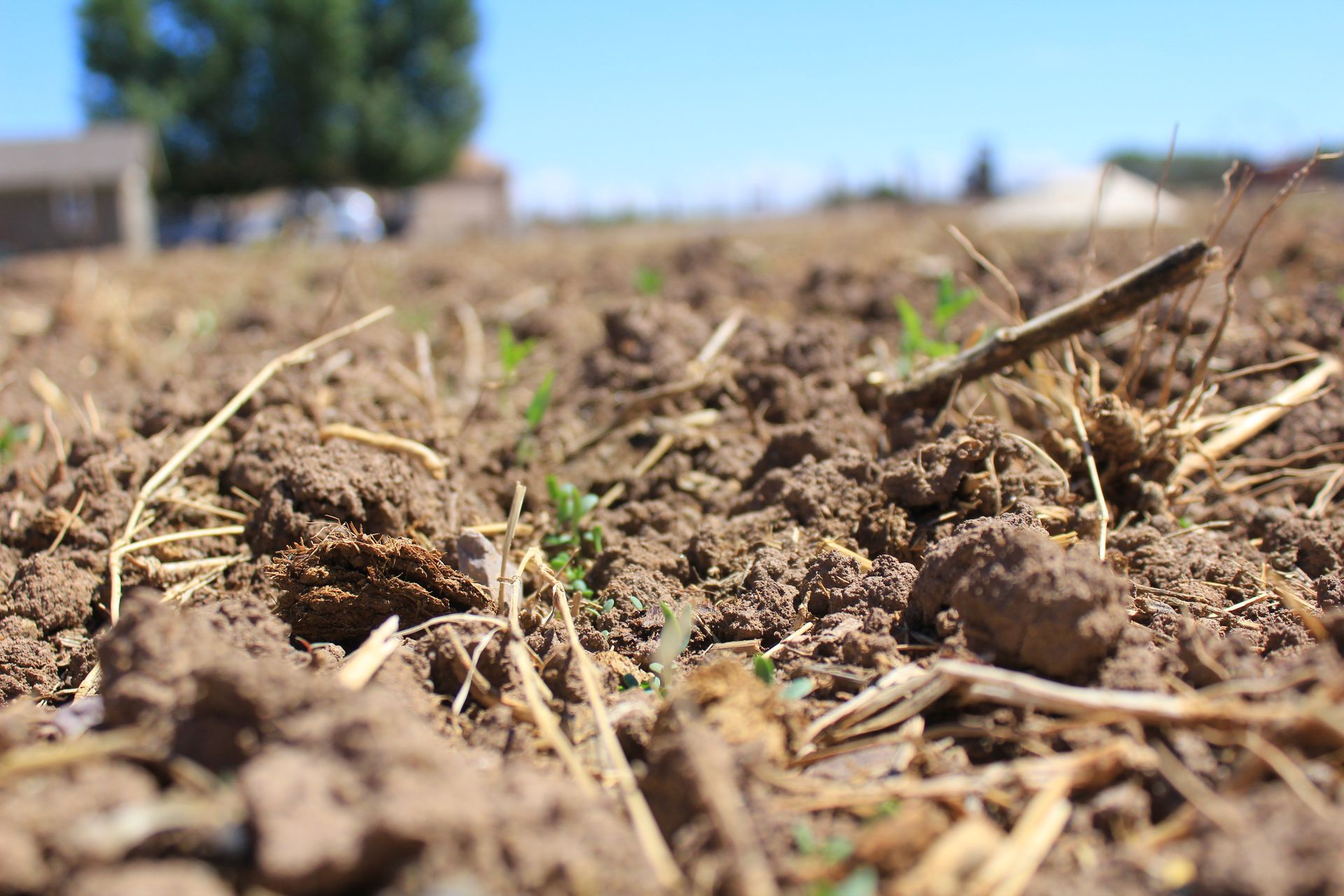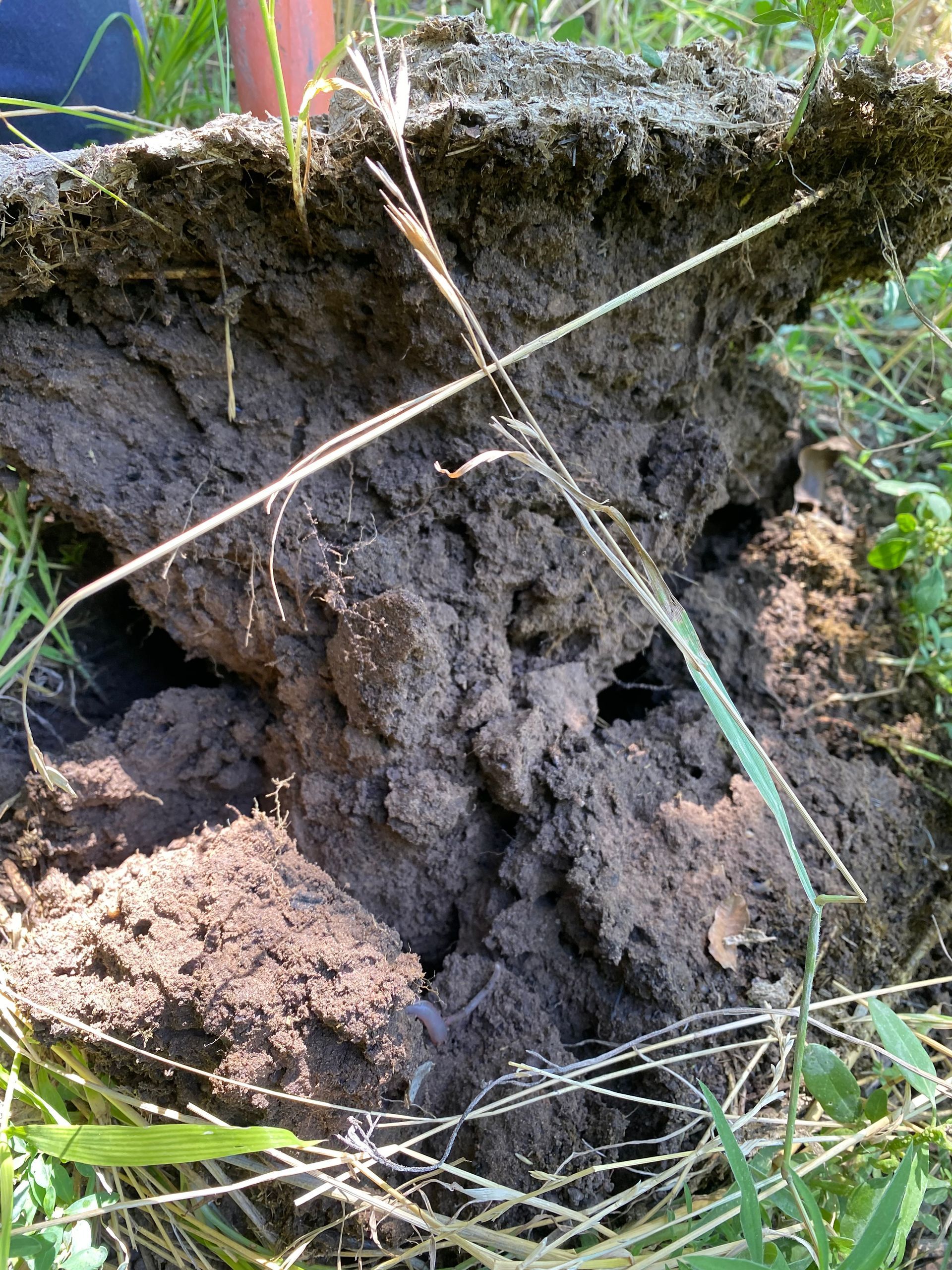Six Principles of Soil Health
Unchanging principles that guide soil health decisions.
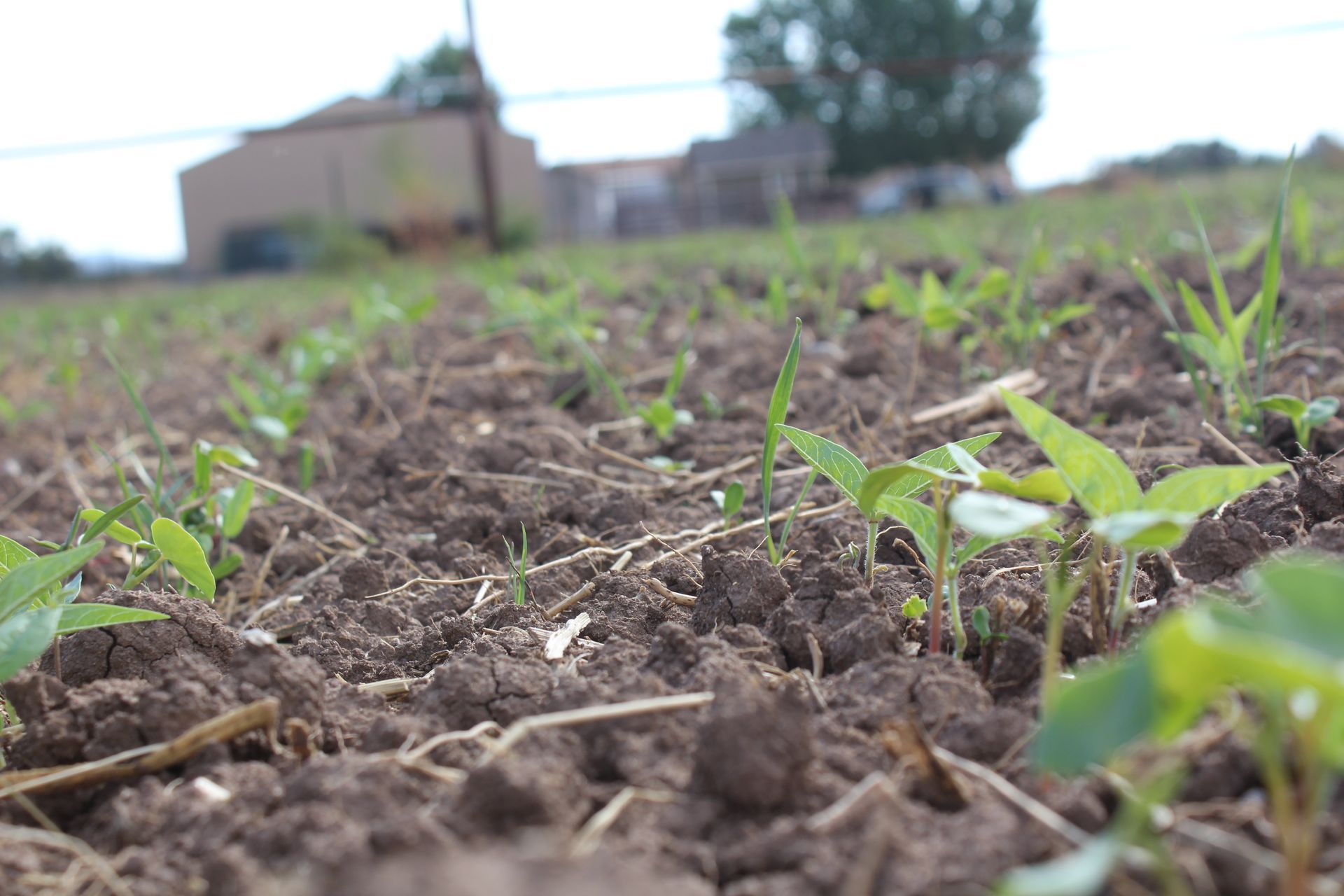
1. Know Your Context
If you have ever travelled long distances, you know that culture, climate, and the realities in daily life can change drastically from place to place. Knowing your context is acknowledging that reality as you think about managing your soils as a living organism for regenerative change.
Following are context-related questions:
- What are your goals?
- Do you have clay or sandy soil?
- Do you receive high or low rainfall amounts?
- What did nature do with your soils before human management?
- What budget do you have to work with?
Asking questions like these help you think from a bigger picture as a manager, and will guide your expectations and decisions as you seek to build healthy, productive soils.
2. Cover the Soil.
Ever been outside on a hot day with no shade and you started to feel a little lightheaded? When the soil is left uncovered, it gets hot. Microbes do not thrive in this heat. Soil surface temperature differences as great as 50 degrees F(sometimes more) can be measured between soils that are covered and soils left bare in the sun. Evaporation rates are also way higher on uncovered soil.
Soil that is covered with a layer of mulch or organic matter can "breathe". Soils left bare quickly crust over. They soon crack because there is no gas exchange capability. To protect soil life, conserve moisture, and quickly see life in the soil: start by covering the soil. This can be done by growing a cover crop or leaving some residues on the surface.
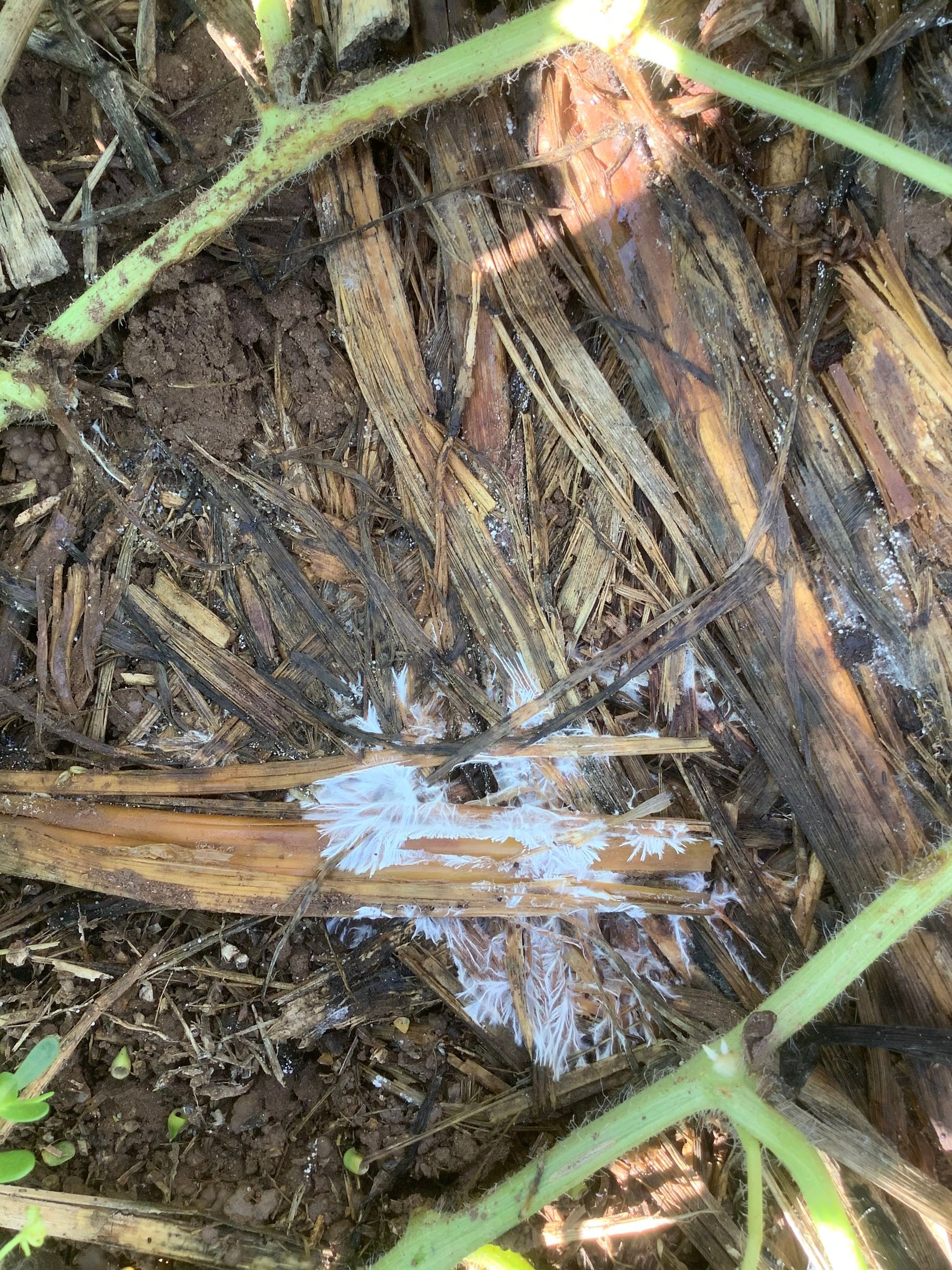
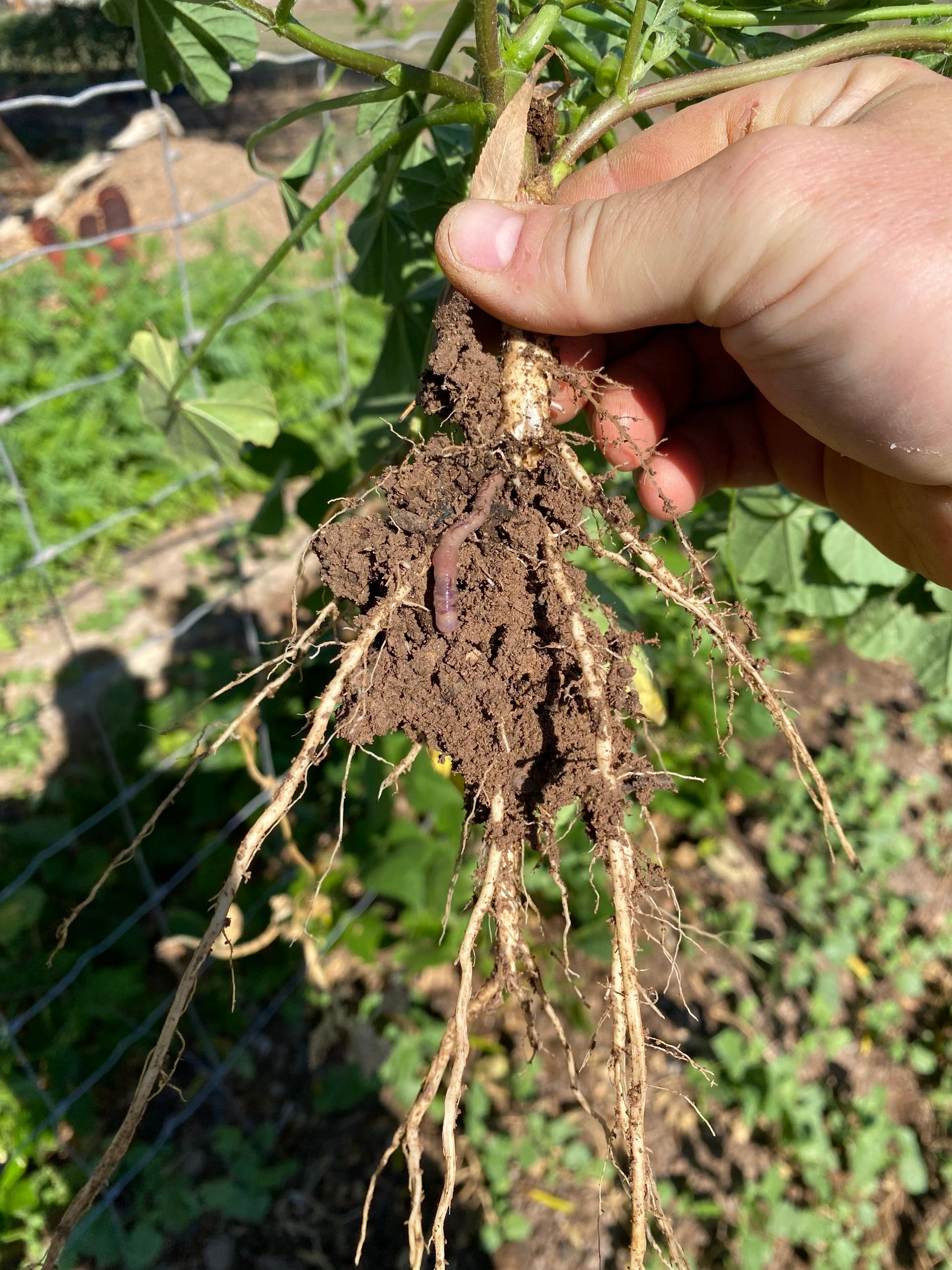
3. Keep a Living Root Growing as Often as Possible
Living plant roots are "leaky". They push out a large amount of sugars and other compounds created by photosynthesis into the soil around them.
This is like a buffet for soil microbes. A living plant root is one of the best ways to increase soil organic matter and keep soil life alive and thriving. When you keep living roots alive in the soil, you are harvesting energy from the sun and converting it into something useful: Sugar! Add energy to the soil by growing living roots.
4. Minimize Disturbance
Tillage and chemicals are major catastrophic tragedies to the soil. Imagine an earthquake or clouds of toxic fumes disintegrating your community regularly. After these tragic events, it takes a while for the community to rebuild.
Microbes are the same way. By reducing the amount of disturbance we make in the soil system, we are making a better environment for micro-life to grow. Of course, there are situations where chemicals or tillage may be necessary. The goal is to reduce these disturbances as much as possible so that the soil life can thrive as it was designed.
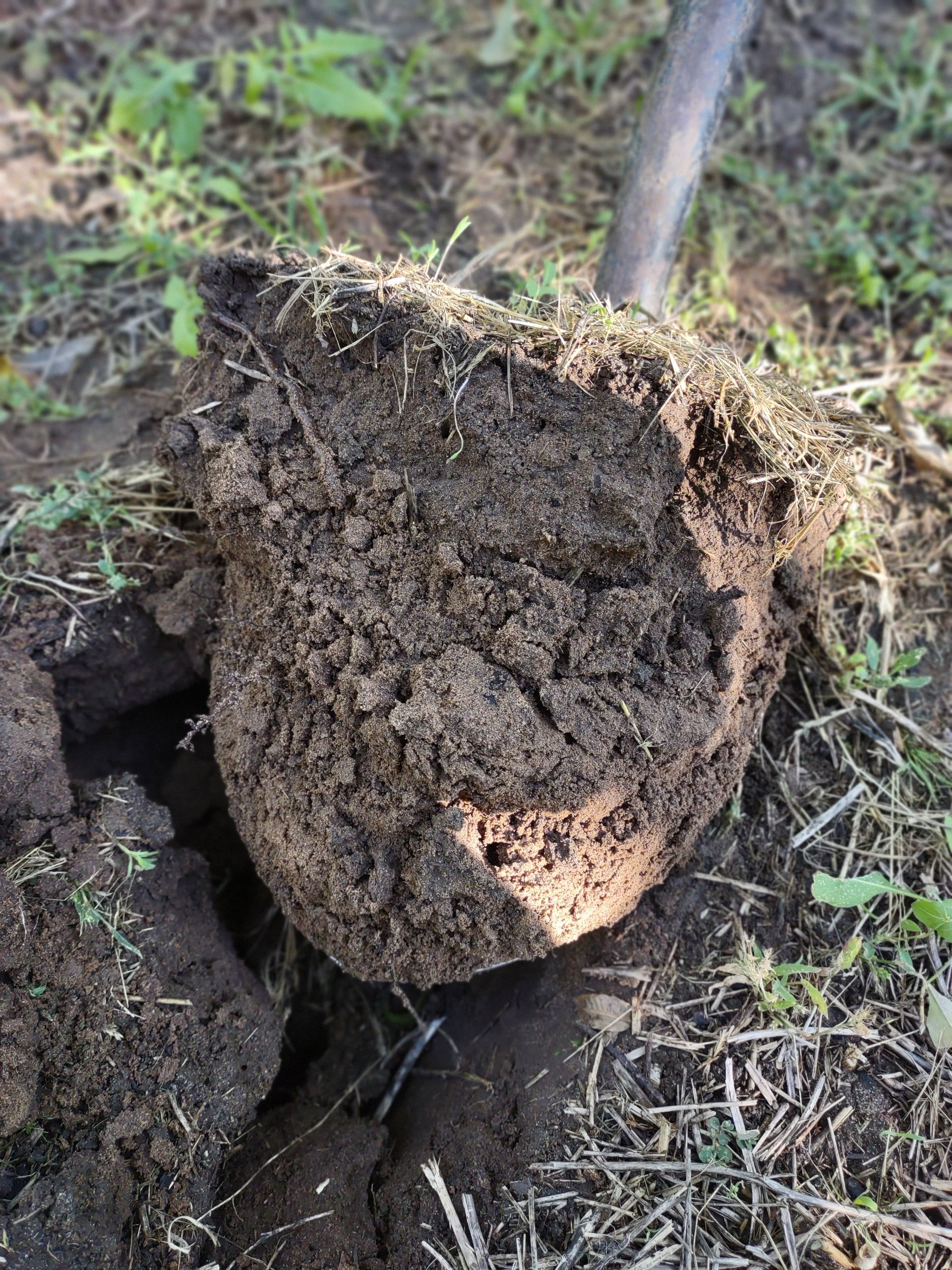
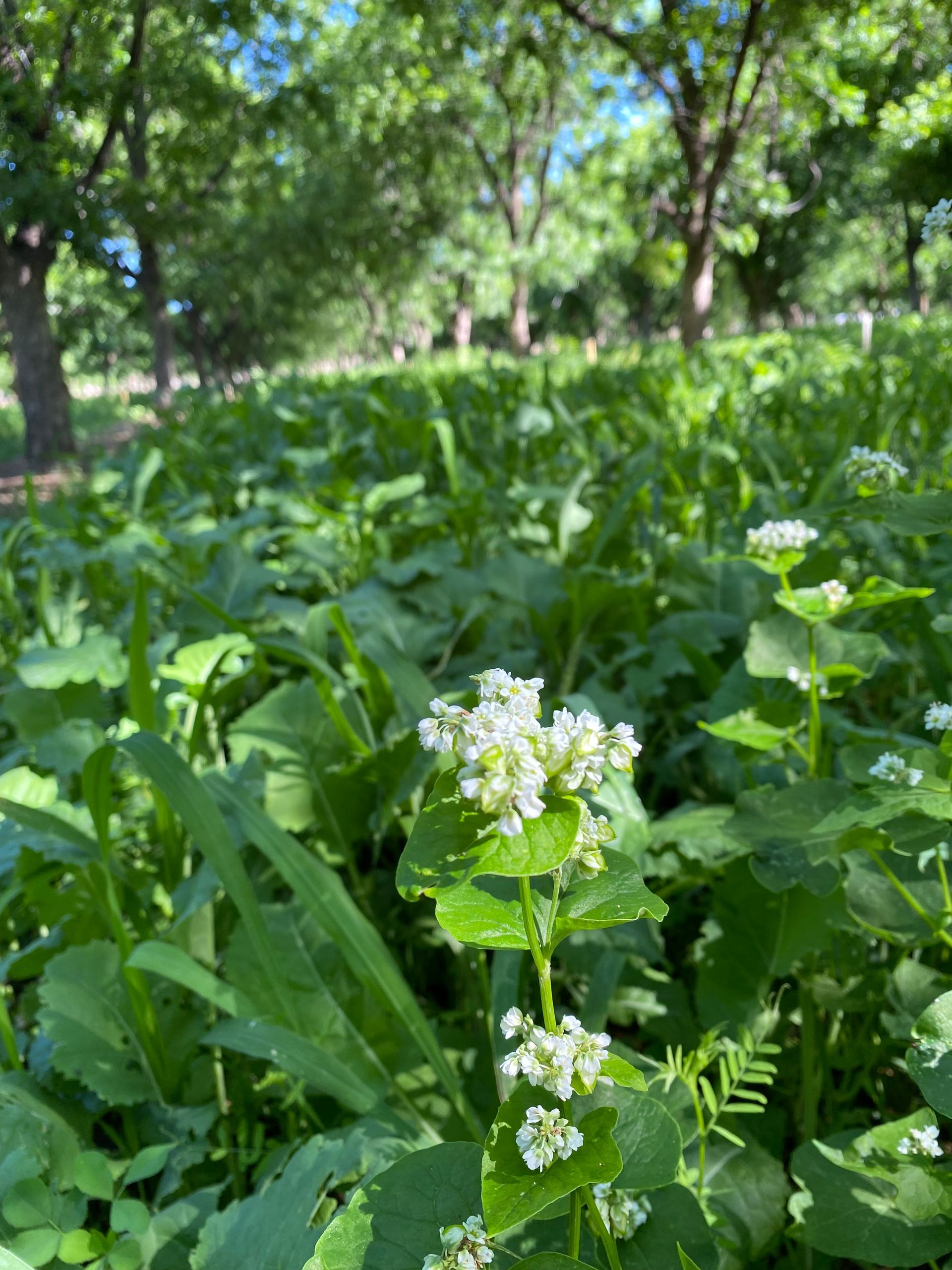
5. Implement diversity
Nature functions together as a complex web of interactions. A community with diversity of people has greater combined strengths. Soil and Nature are the same way. It has been documented that plants can behave totally different and use less moisture when grown in a mixture, versus growing in a singular species. Different species of Bacteria and Fungi have different specialties, and need lots of diversity to create a healthy community. By implementing diversity in every area of the operation, we can harness this principle of nature and become more resilient.
6. Properly Integrate Livestock
The High-production soils of the Great Plains had huge herds of animals passing over them for many years. The key to livestock helping to regenerate soils is that the livestock are on the soil for quick periods of time at high density. This mimics the "herd" effect of the open plains. The concentrated manure, urine, hoof traffic, saliva, and chewing on the plant, coupled with long periods of rest, stimulates plant growth. Livestock are a shortcut to cycling stored energy in the plant back into the ground, because the biology in the gut of the animal begins the breakdown process.
If properly managed, Livestock can greatly speed up the process of soil regeneration.

These are unchanging principles that build soil health no matter what climate, era, or situation. By applying these principles in your unique situation, you can make decisions year in and year out that build healthy soils and stand the test of time.
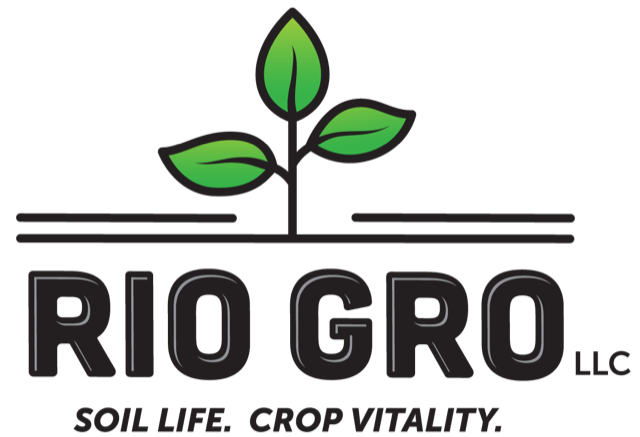
(575) 300-2604
411 Hwy 192 W Mesquite, NM 88048
office@riogro.com
© Copyright 2024 | All Rights Reserved | Rio Gro, LLC
Site designed and created by Tally Creative, Inc.


